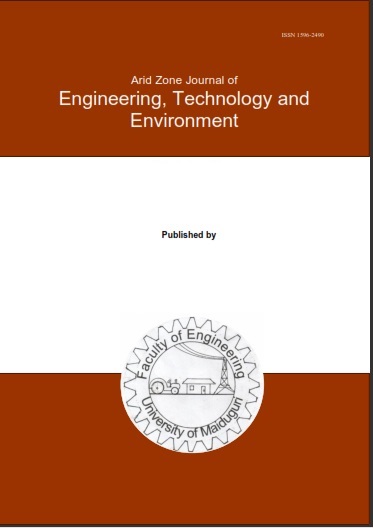Abstract
Integrating intermittent renewable energy sources into the power grid poses significant challenges to grid stability and reliability. This study examines the integration of Energy Storage Systems (ESS) into power grids to enhance stability and performance. A simulation framework was developed to analyze the technical and economic viability of Battery Energy Storage Systems (BESS) and Pumped Hydro Storage (PHS) systems. The results demonstrate the effectiveness of ESS in alleviating voltage fluctuations, frequency deviations, and grid disturbances. A diversified energy storage portfolio with optimized siting and innovative market mechanisms maximizes the benefits of ESS integration. The study reveals that BESS excel in rapid response times and scalability, while PHS systems offer superior economic benefits. This study pioneers a comprehensive simulation framework integrating technical, economic, and regulatory aspects to optimize Energy Storage Systems (ESS) integration, providing novel insights into maximizing grid stability and performance amidst escalating renewable energy integration. The findings provide valuable insights for policymakers, industry stakeholders, and researchers seeking to optimize energy storage strategies for resilient, sustainable, and efficient power systems.

This work is licensed under a Creative Commons Attribution-NonCommercial-NoDerivatives 4.0 International License.
Copyright (c) 2025 ARID ZONE JOURNAL OF ENGINEERING, TECHNOLOGY AND ENVIRONMENT

